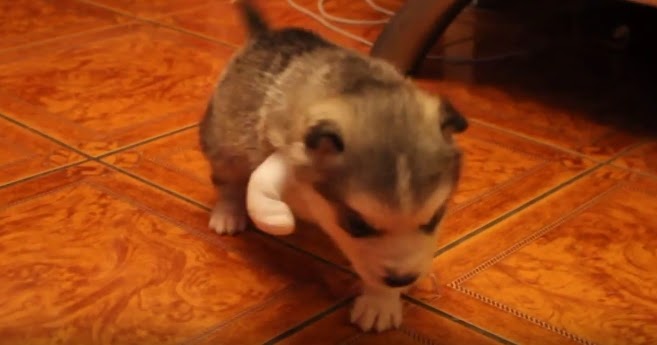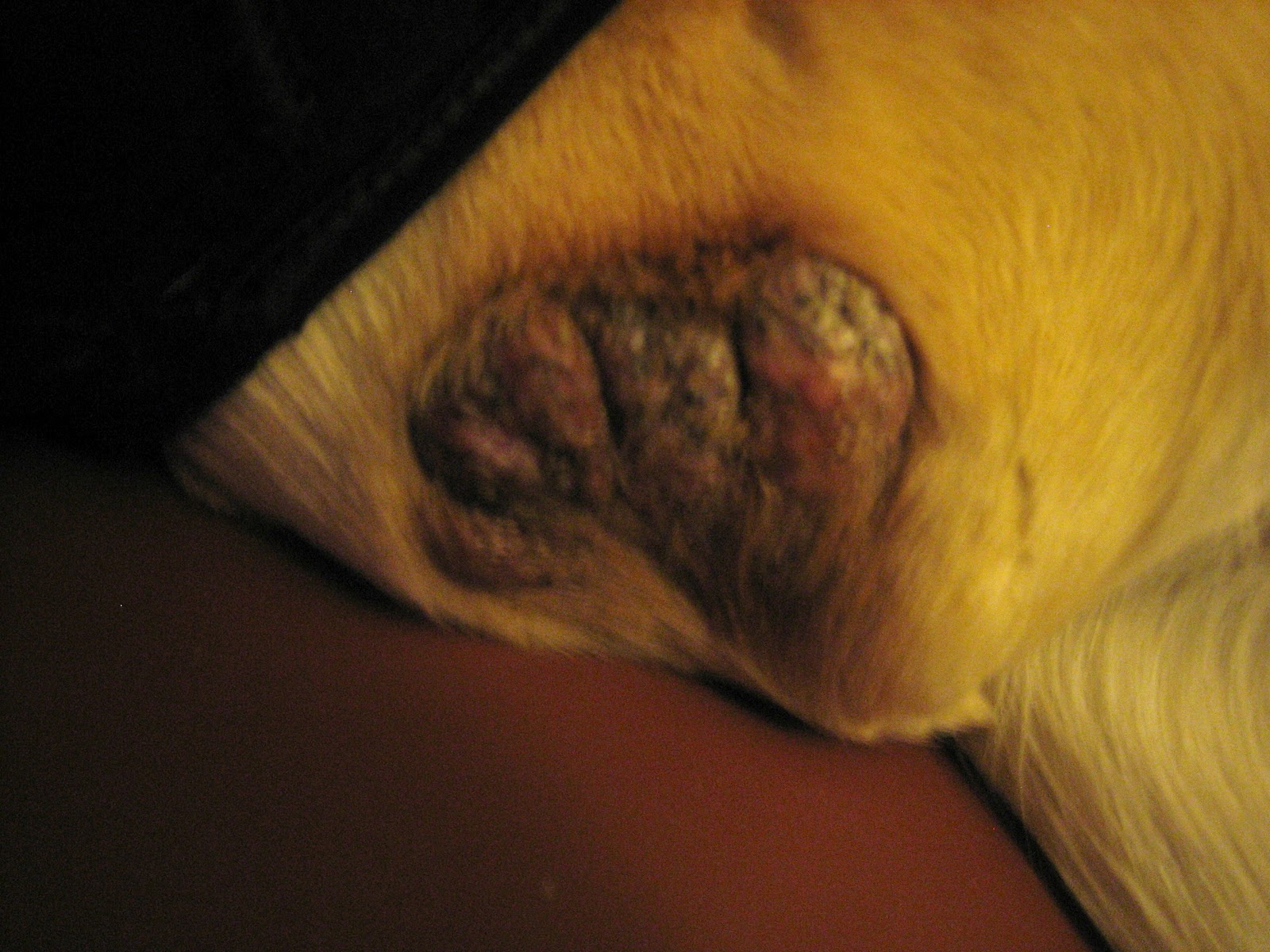For elbow hygromas, the use of the dogleggs can be curative, eliminating the risk of complications associated with draining or surgery. A dog with an elbow hygroma usually presents with.
Hygroma Elbow. Greatdanelady had a good experience with microlactin (milk protein) in hygroma treatment. Over a long period of time, elbow hygromas may become inflamed and ulcerated.
 Hygromas in dogs? A surprisingly simple cure Shiny Happy From shinyhappydoggy.com
Hygromas in dogs? A surprisingly simple cure Shiny Happy From shinyhappydoggy.com
1 it starts as a small, soft, and moveable mass, but over time it can get quite large and feel hard. These swellings are typically not painful for your dog and usually begin small. When it comes to hygromas, they have the ability to show up just about anywhere that there is going to be a repeated trauma taking place on the skin from lying down on surfaces that are hard.
Hygromas in dogs? A surprisingly simple cure Shiny Happy
A hygroma is a false bursa that develops over bony prominences and pressure points, especially in large breeds of dogs. Over a long period of time, elbow hygromas may become inflamed and ulcerated. 1 it starts as a small, soft, and moveable mass, but over time it can get quite large and feel hard. A hygroma is a false bursa that develops over bony prominences and pressure points, especially in large breeds of dogs.
 Source: dogleggs.com
Source: dogleggs.com
Elbow hygromas are seen infrequently in the laboratory animal setting because the commonly affected breeds are seldom used in research. Greatdanelady had a good experience with microlactin (milk protein) in hygroma treatment. If your dog is older, has arthritis or other health challenges that cause him or her to be less active, then your dog is at increased risk of.
 Source: diseasesdic.com
Source: diseasesdic.com
When they first form, hygromas are usually small, soft, and fairly mobile. This method is effective if you can get your pooch to not take it off its elbow. As you can see in the photo above, hygromas can become quite large. A hygroma may last up to 6 months. These swellings are typically not painful for your dog and.
 Source: whitewolfpack.com
Source: whitewolfpack.com
1 it starts as a small, soft, and moveable mass, but over time it can get quite large and feel hard. Simply roll up a soft towel or foam tube into a donut shape. 3.3 out of 5 stars 28. A dog with an elbow hygroma usually presents with a painless, fluctuant swelling over the point of the elbow without.
 Source: shinyhappydoggy.com
Source: shinyhappydoggy.com
In older dogs, hygromas tend to be result of impaired ambulation and excessive time spent in recumbency on hard surfaces. These are common in dogs with elbow arthritis. On the underside of their elbow. 3.3 out of 5 stars 28. Over a long period of time, elbow hygromas may become inflamed and ulcerated.
 Source: medicalpicturesinfo.com
Source: medicalpicturesinfo.com
It can happen in one elbow or occasionally both. 3.3 out of 5 stars 28. With a hygroma, your dog will typically show no signs of systemic illness and will not exhibit pain when touched. It is also commonly used to treat decubital ulcers, pressure sores, calluses (including pendulous calluses) and elbow arthritis. Adjustable dogleggs provide optimal coverage, padding and.
 Source: enjoythepets.com
Source: enjoythepets.com
Hygromas can also be an issue among younger dogs (usually between 6 and 18 months) who are prone to flopping down onto hard surfaces. Then place the donut hole over the elbow hygroma and attach the donut to your dog’s elbow. It is also commonly used to treat decubital ulcers, pressure sores, calluses (including pendulous calluses) and elbow arthritis. Classic.
 Source: youtube.com
Source: youtube.com
Hygromas vary in size, but can grow to two inches in diameter, and are often developed on the olecranon of the elbow. As you can see in the photo above, hygromas can become quite large. Hygromas, hygro´mata) an accumulation of fluid in a sac, cyst, or bursa. It is also commonly used to treat decubital ulcers, pressure sores, calluses (including.
 Source: vcsmilfordblog.blogspot.com
Source: vcsmilfordblog.blogspot.com
It most commonly appears on the elbow, but can appear on other pressure points like where the dog sits (a.k.a., butt bursas). If your dog is older, has arthritis or other health challenges that cause him or her to be less active, then your dog is at increased risk of developing a hygroma on the elbow. These are common in.
 Source: theblissfuldog.com
Source: theblissfuldog.com
Some of the most common places that your dog is at risk for having a hygroma is going to be: If your dog is older, has arthritis or other health challenges that cause him or her to be less active, then your dog is at increased risk of developing a hygroma on the elbow. They may never grow large enough.





